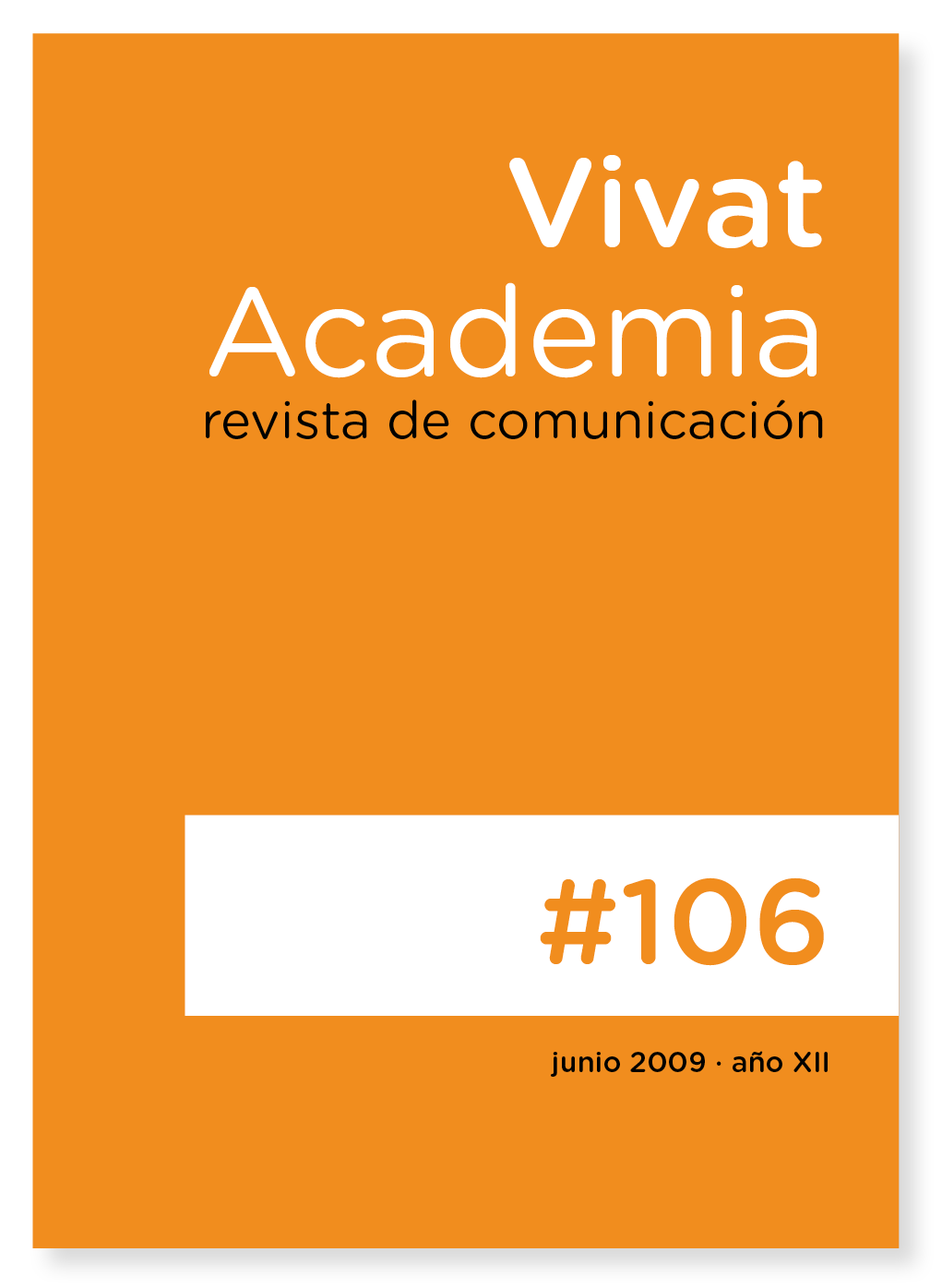El cubano de Nunca Jamás en la película de Juan Carlos Tabio Lista de Espera / Waiting List (2000): el post-comunismo como experiencia compartida
Contenido principal del artículo
Resumen
Descargas
Detalles del artículo
Citas
Chanan, Michael. 2004. Cuban Cinema. Minneapolis, MN: University of Minnesota Press.
Chávez, Lydia. ‘Adrift: An Introduction to Contempo
rary Cuba’. In her (ed). 2005.
Capitalism, God, and a Good Cigar: Cuba Enters the
Twenty First Century, Durham & London: Duke University Pres.1-17.
D’Lugo, Marvin. ‘Gender and Nation in Cuban Cinema’. In John King, Ana López and Manuel Alvarado (eds).1993. Mediating Two Worlds: Cinematic Encounters inAmericas. London: BFI. 279-290.
Fernandes, Sujata. 2006. Cuba Rpresent! Cuban Arts,
State Power, and the Making of New Revolutionary Cultures. Durham & London: Duke UP.
Forsyth, Scott. CineAction. N54, Jan 2001. 71-72.
Hashamova, Yana. 2007. Pride and Panic: Russian Ima
gination of the West in Post-Soviet Film, (Intellect).
Kristeva, Julia. ‘Work, the Dialogue, and Novel’. In her Desire in Language: A Semiotic Approach in Literature and Art. L. Roudiez, (ed.) 1980. tr. T. Gora, A.
Jardine & L. Roudiez. New York: Columbia UP. 64-91.
Pérez, Louis, A. Jr. (3d ed.) 2006. Cuba: Between Reform and Revolution. New York/Oxford: Oxford UP
Stone, Rob. ‘Killing Time in Cuba: Juan Carlos Tabío’s Lista de espera’. In Deborah Shaw (ed). 2007.
Contemporary Latin American Cinema: Breaking into the Global Market. 135-152.
Xavier, Ismail. 1999. ‘Historical Allegory’. In Toby Miller & Robert Stam (eds). A Companion to Film Theory. Oxford: Blalkwell, 333-361.
Nota: La letra pequeña es como si fueran notas al pie de página





